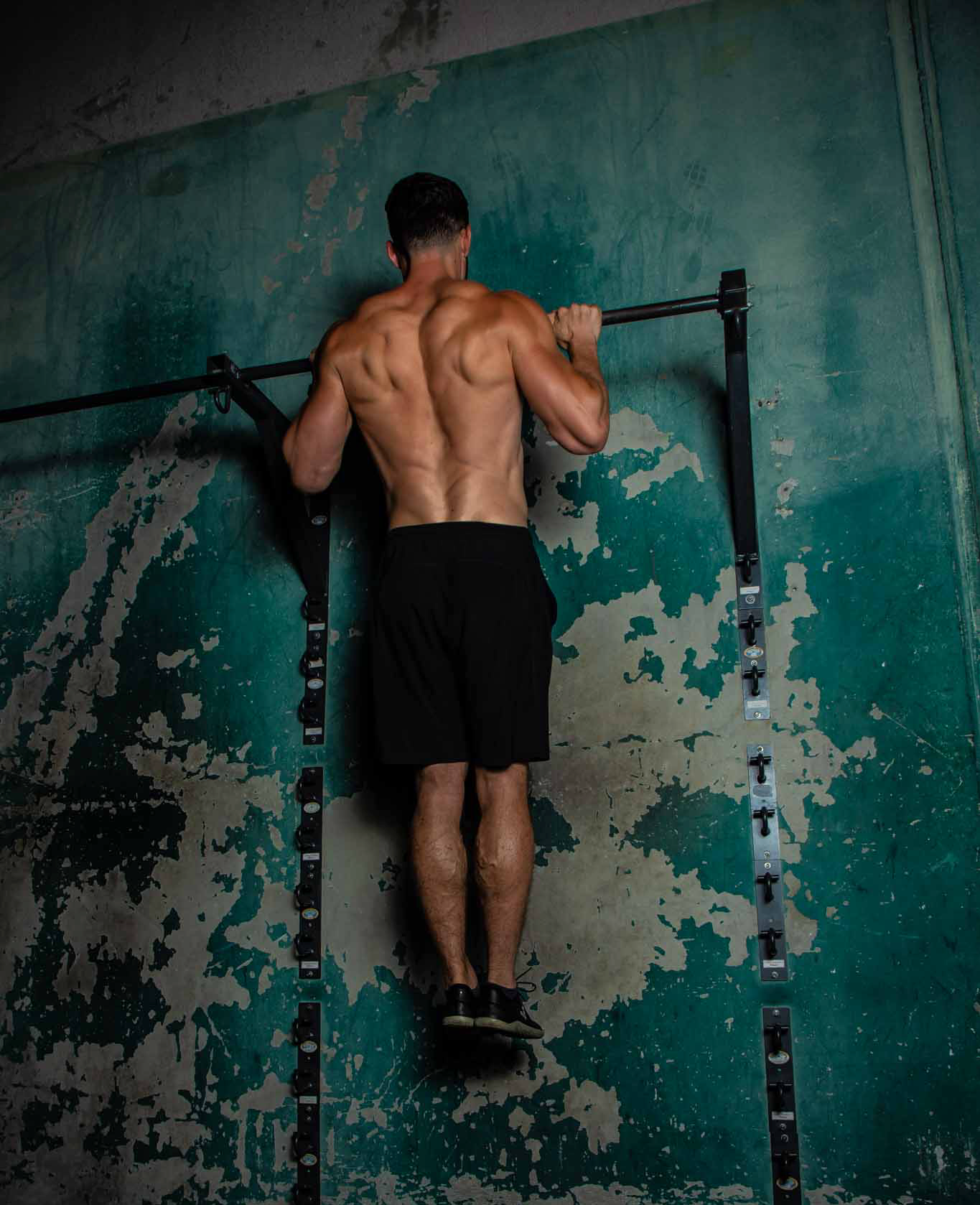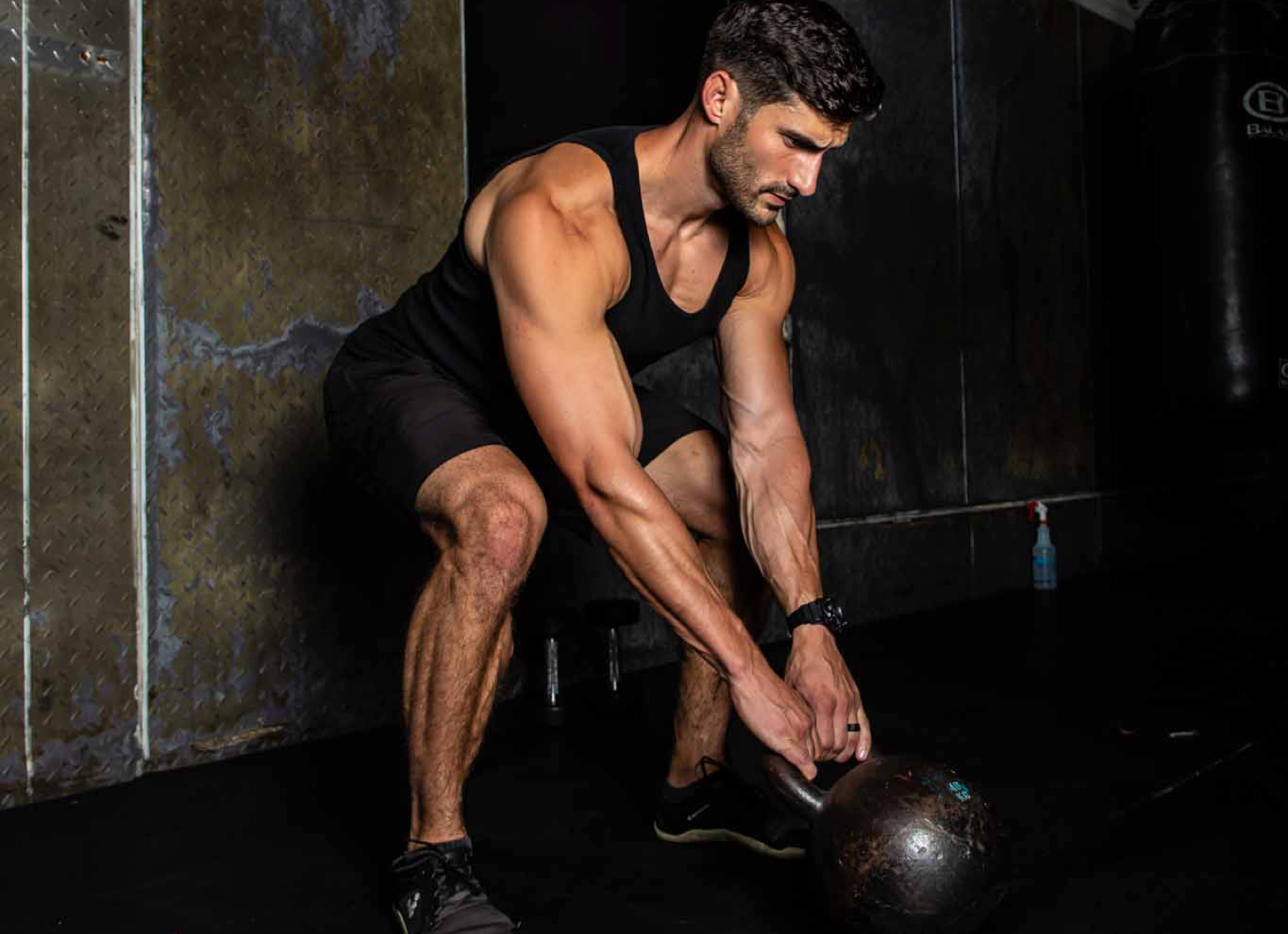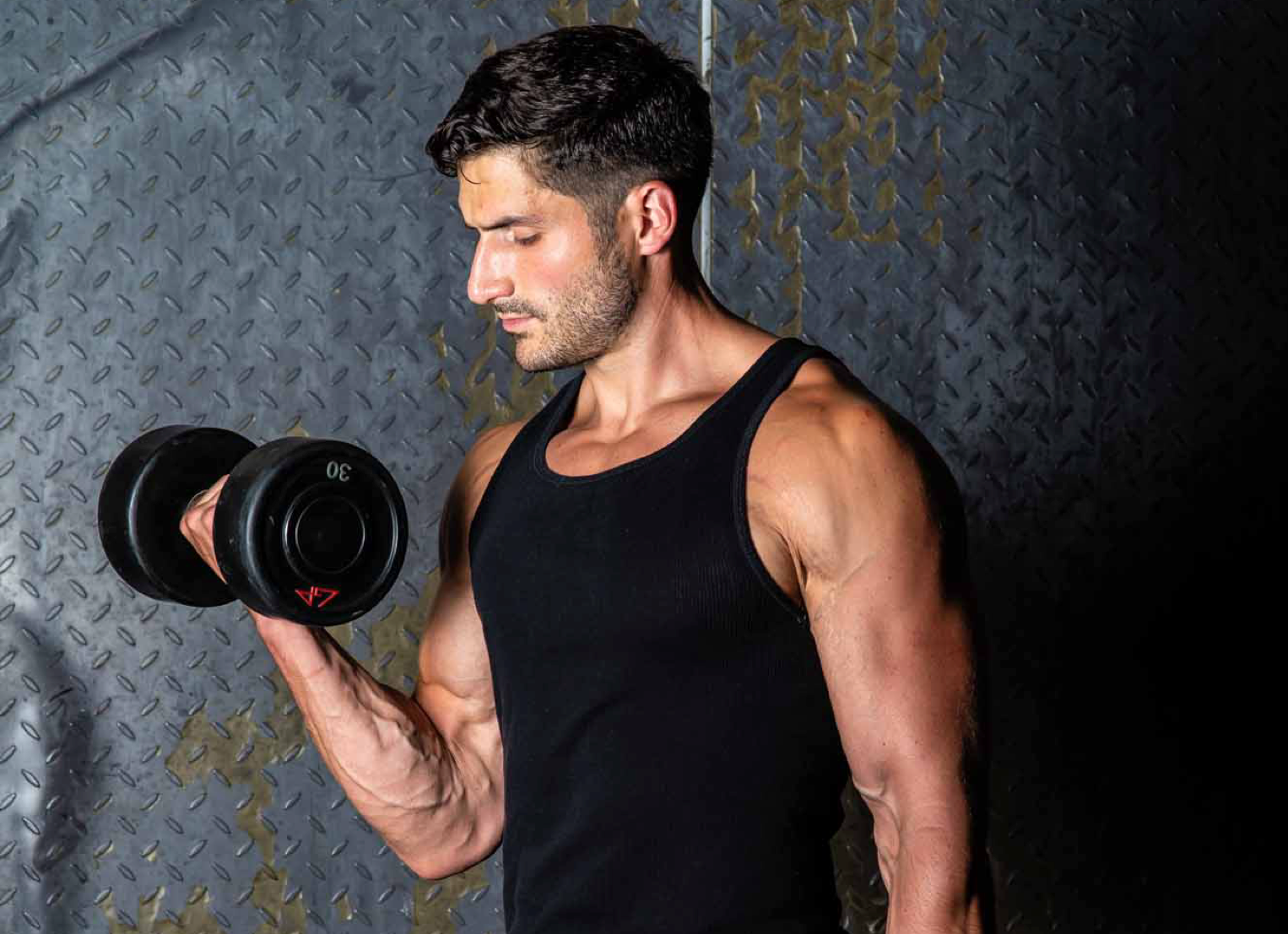The Foundation: Full Body Over Fluff
When I program for clients, especially beginners or folks returning from a long break, I usually start with full body workouts 2–3 days a week. Why? Because they’re efficient, they hit every muscle group, and they let you learn the patterns that carry over into almost every form of strength training.
The goal isn’t to annihilate yourself. It’s to train consistently and improve over time. That’s where progress comes from.
The goal isn’t to annihilate yourself. It’s to train consistently and improve over time. That’s where progress comes from.



